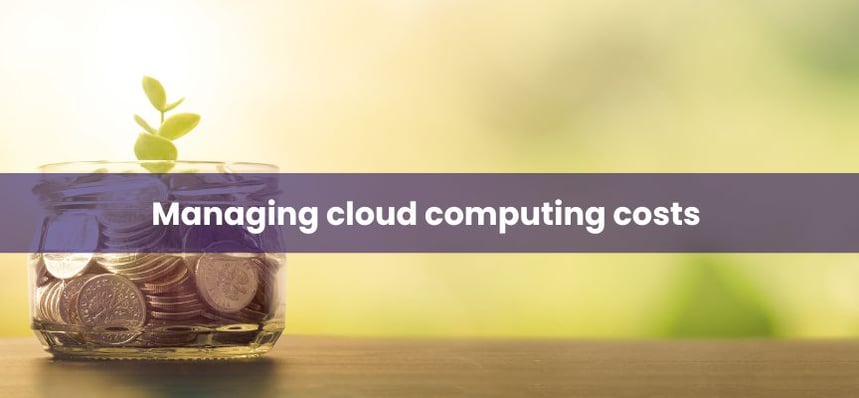For CFOs in today's world, the stakes are higher than ever before. The global landscape has become increasingly volatile and complex, with a rapid succession of public health, economic, environmental, and geopolitical shocks. These unprecedented events have brought with them all sorts of unexpected challenges.
Managing cloud computing costs in the software vendor industry
With software vendor companies, the pressure is even greater. As the world shifts towards a more digital-centric approach, the demand for software solutions is on the rise. This increase in demand brings with it an increase in cloud computing costs, making it essential to have the right tools and strategies in place to keep expenses under control.
Many organizations acknowledge that cost visibility in the cloud has become an increasingly critical concern. The complexity of cloud resources and the pay-per-use model can make it difficult to understand where costs are coming from, and how to keep them under control. It can also be hard to predict costs, and the potential for unexpected expenses can be a significant concern.
The cost visibility challenge is owed primarily to the complexity of the cloud ecosystem. The cloud offers a wide range of services and resources, each with their own pricing models and usage metrics. It can be difficult to track usage and identify areas where costs can be reduced without the proper tools. Additionally, the pay-per-use model means that costs can quickly spiral out of control if usage is not closely monitored.
What CFOs need to understand is that eating into profit margins due to cloud computing costs can be a common problem. Many organizations find that they are spending more on cloud resources than they had anticipated.
Cost mitigation: how & why?
However, the good news is that there are steps you can take to mitigate these costs. Automation is one of the most powerful tools for gaining greater visibility into cloud costs and taking steps to optimize them:
1) First, automation allows you to set up and manage your cloud infrastructure in a consistent and repeatable way. This means that you can quickly and easily deploy new services and scale them up or down as needed.
2) Second, it enables the creation of monitoring and alerting systems, which allows you to quickly identify and address any issues that arise.
3) Lastly, automation can be used to implement cost optimization strategies, such as scheduling non-production resources to shut down during non-business hours or using reserved instances. This can lead to significant cost savings while maintaining the necessary resources for your organization's operations.
With the current economic downturn, it's more crucial than ever to optimize costs and maintain profit margins. That's why it's essential for CFOs in software companies to gain cost visibility in the cloud. By implementing automation in your cloud infrastructure, you can identify areas of savings and take steps to optimize them. This will help to mitigate unexpected expenses and ensure that your organization is in the best position to weather the current economic storm and beyond.

